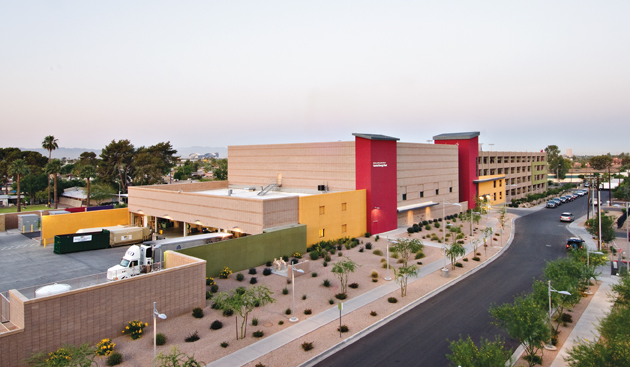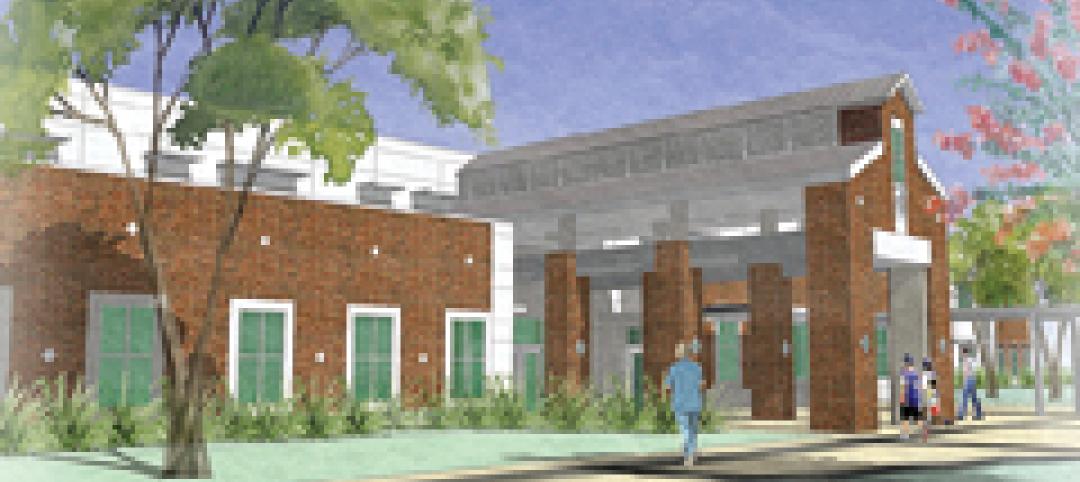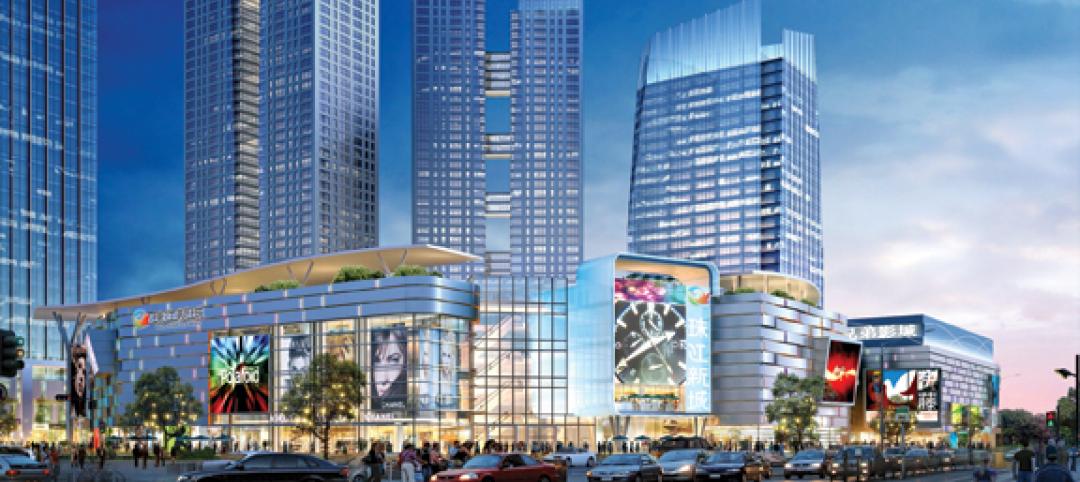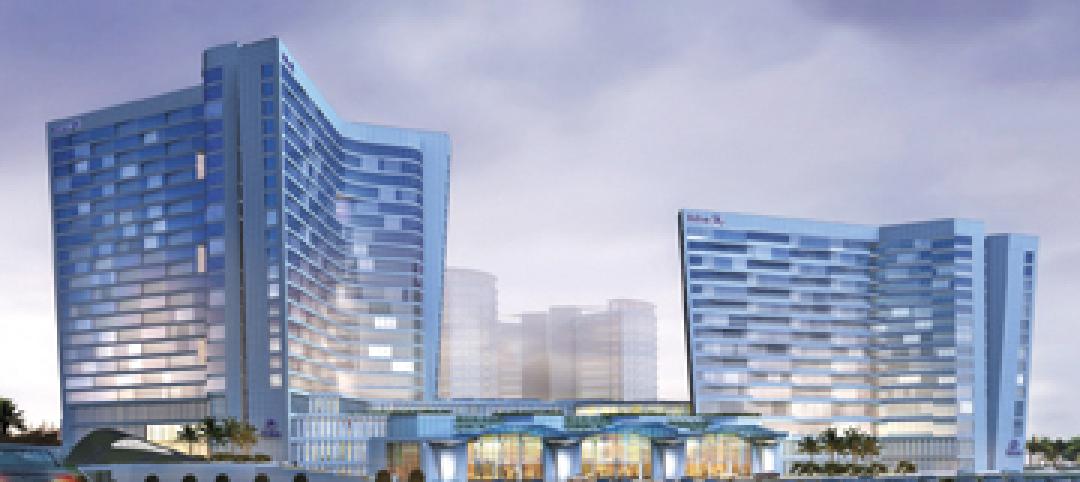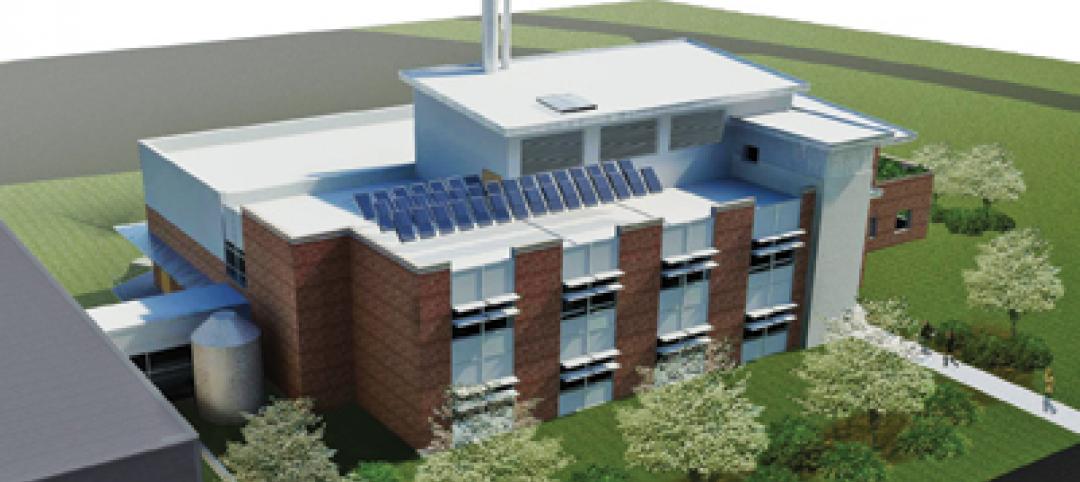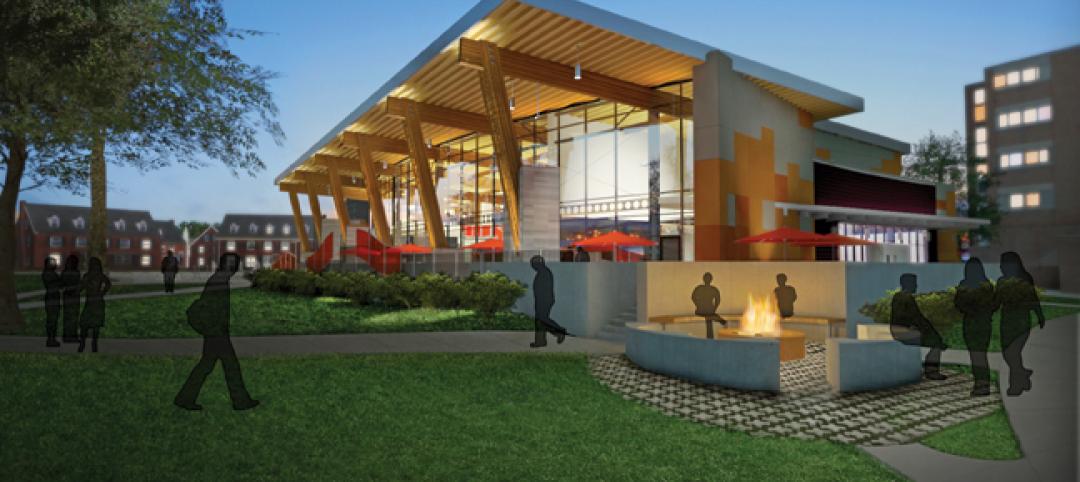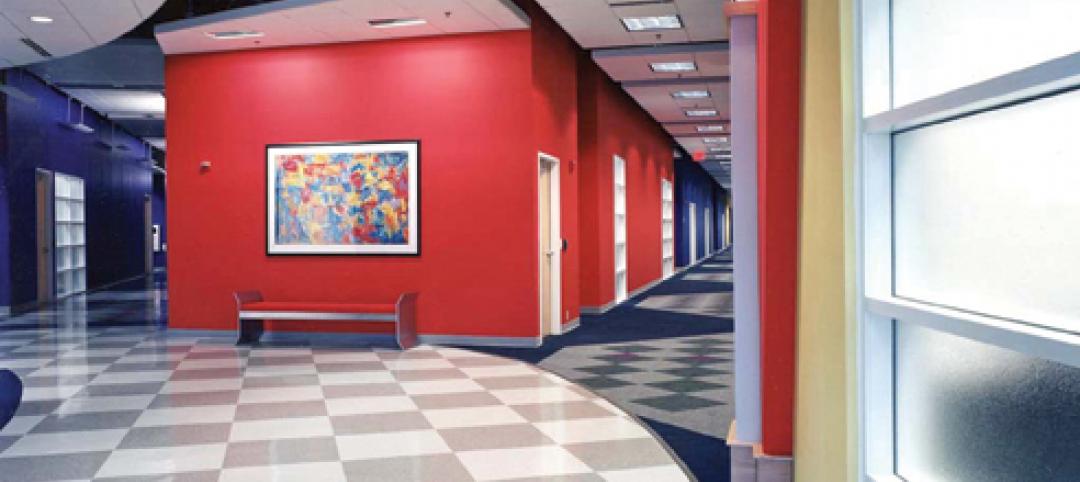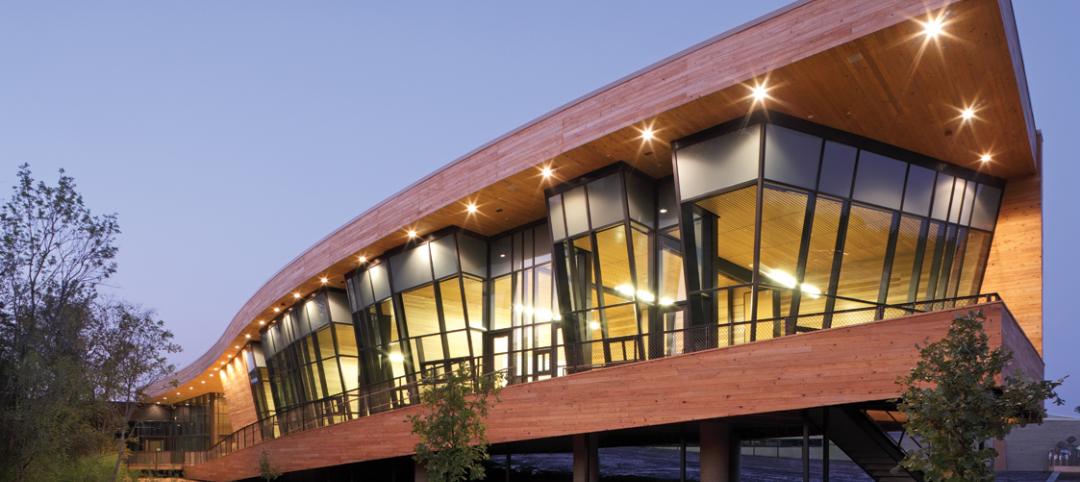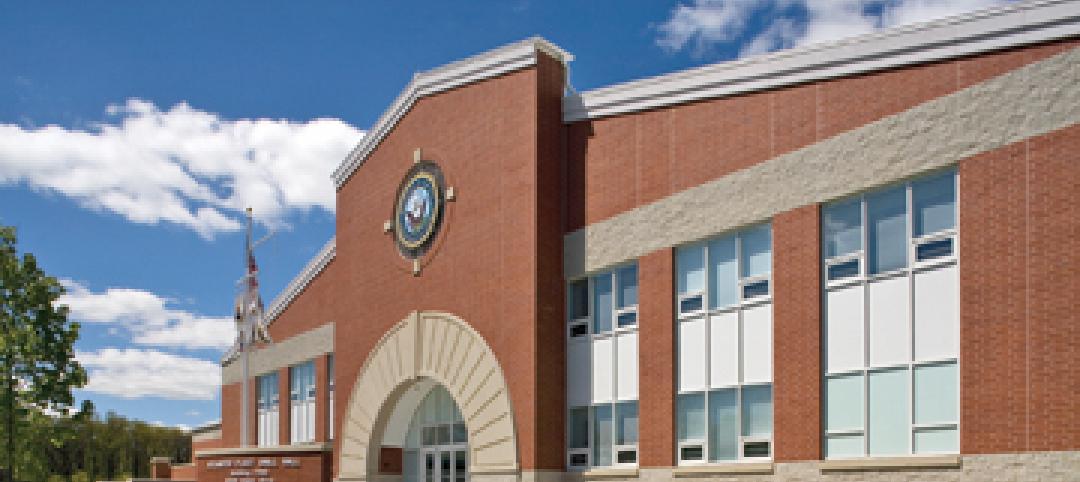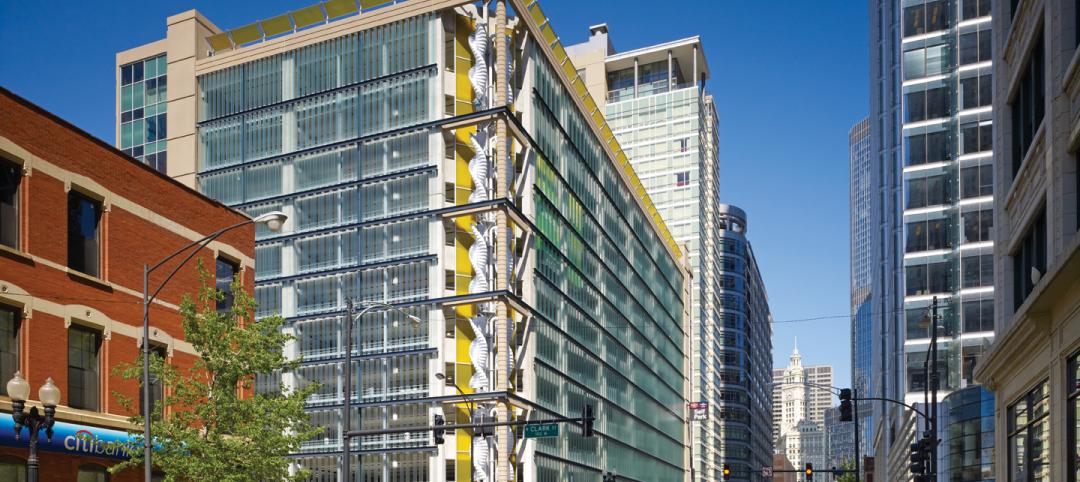Healthcare construction has slowed a bit in the last few years, but it remains a critically important sector for many AEC firms. While healthcare clients are demanding sustainable design and construction as a matter of course, green building is no longer limited strictly to hospital projects.
In Seattle, Swedish Cancer Institute has installed a factory-fabricated radiotherapy treatment “vault” to house its TomoTherapy treatment system. RAD Technology Medical Systems manufactured steel modules for the vault at its production facility, along with prefab wood modules for the patient exam and office portion of the nearly 4,000-sf facility. It is believed to be the first radiation center to earn LEED Silver certification.
Another first—at least for a privately owned facility—goes to San Francisco Surgical Arts’ LEED-CI Platinum (v.2009) oral and maxillofacial surgery office. Environmental Building Strategies led the Building Team—medical designer Kohan Inc. and contractor All Phase Builders—in reducing lighting power 37% and water usage 40% over conventional facilities. Solar-powered keyboards and Energy Star-qualified LED monitors and appliances were also used.
For the $538 million expansion of Phoenix Children’s Hospital (designed by HKS to Green Guide for Health Care standards), Kitchell Contractors built a central energy plant for the 34-acre campus that employs a high-efficiency, 800-ton water-to-water heat pump chiller, a technology widely used in the Middle East.
The central plant will save 5.6 million gallons of water per year, reduce natural gas consumption by 70%, and trim energy and operating costs $11 million over 15 years. The project also received a $464,000 cash award from APS Solutions for Business, the local electrical utility’s energy-conservation program for commercial customers.
In Richmond, Va., Moseley Architects worked with design partners KEI Architects,
Dennis Kowal Architects, and John Dickinson & Partners and GC Kenbridge Construction on the renovation of the Virginia Rehabilitation Center for the Blind and Vision Impaired Administration and Activities Building. The center provides training for blind, vision-impaired, and deaf-blind Virginians to adapt to living with partial or no sight.
Commonwealth guidelines called for the $4,272,600 project to bring the facility, which was built in 1970, up to LEED Silver standards. The team went well beyond that. A central skylit atrium brought light and warmth into the facility. Variable-speed HVAC systems and energy-recovery technology were installed. Single-pane windows were replaced with low-e, double-pane units. Existing halide site lights were upgraded to LED fixtures. Energy use was trimmed 15%, water consumption by 30%, saving 34,000 gallons a year.
As a result of these measures, the project earned LEED Gold certification.
The team also embraced “sustainability” in a larger context in making the center compliant with ADA Accessibility Guidelines. By not focusing exclusively on what could be seen, the team created a design that considered such factors as echoes, smells, and proportions to arrive at what they called a “building for sighted people.”
Another project seeking to break new ground in sustainability is the Palliative Care Campus, a 120-unit Enhanced Assisted Living Residence for persons with serious progressive illnesses. It is said to be the world’s first spirit-centered, enhanced assisted-living community residence. The client, the HealthCare Chaplaincy, is a national leader in research, education, and multi-faith patient-centered care. FXFOWLE Architects is the AOR and designer, in collaboration with MHG Architects and Clodagh Design.
The 16-story, 180,000-sf project, to be built in Lower Manhattan along the East River, will also house a geriatric and palliative care outpatient medical practice, plus research, educational, clinical practice, and administrative spaces. The facility will address not only patients’ physical ills, but also their psychological and spiritual well-being. The HealthCare Chaplaincy hopes the new campus will serve as a national demonstration project for the healthcare industry. +
Related Stories
| Nov 3, 2010
Senior housing will be affordable, sustainable
Horizons at Morgan Hill, a 49-unit affordable senior housing community in Morgan Hill, Calif., was designed by KTGY Group and developed by Urban Housing Communities. The $21.2 million, three-story building will offer 36 one-bed/bath units (773 sf) and 13 two-bed/bath units (1,025 sf) on a 2.6-acre site.
| Nov 3, 2010
Designs complete for new elementary school
SchenkelShultz has completed design of the new 101,270-sf elementary Highlands Elementary School, as well as designs for three existing buildings that will be renovated, in Kissimmee, Fla. The school will provide 48 classrooms for 920 students, a cafeteria, a media center, and a music/art suite with outdoor patio. Three facilities scheduled for renovations total 19,459 sf and include an eight-classroom building that will be used as an exceptional student education center, a older media center that will be used as a multipurpose building, and another building that will be reworked as a parent center, with two meeting rooms for community use. W.G. Mills/Ranger is serving as CM for the $15.1 million project.
| Nov 3, 2010
Chengdu retail center offers a blend of old and new China
The first phase of Pearl River New Town, an 80-acre project in Chengdu, in China’s Wenjiang District, is under way along the banks of the Jiang’an River. Chengdu was at one time a leading center for broadcloth production, and RTKL, which is overseeing the project’s master planning, architecture, branding, and landscape architecture, designed the project’s streets, pedestrian pathways, and bridges to resemble a woven fabric.
| Nov 3, 2010
Rotating atriums give Riyadh’s first Hilton an unusual twist
Goettsch Partners, in collaboration with Omrania & Associates (architect of record) and David Wrenn Interiors (interior designer), is serving as design architect for the five-star, 900-key Hilton Riyadh.
| Nov 3, 2010
Virginia biofuel research center moving along
The Sustainable Energy Technology Center has broken ground in October on the Danville, Va., campus of the Institute for Advanced Learning and Research. The 25,000-sf facility will be used to develop enhanced bio-based fuels, and will house research laboratories, support labs, graduate student research space, and faculty offices. Rainwater harvesting, a vegetated roof, low-VOC and recycled materials, photovoltaic panels, high-efficiency plumbing fixtures and water-saving systems, and LED light fixtures will be deployed. Dewberry served as lead architect, with Lord Aeck & Sargent serving as laboratory designer and sustainability consultant. Perigon Engineering consulted on high-bay process labs. New Atlantic Contracting is building the facility.
| Nov 3, 2010
Dining center cooks up LEED Platinum rating
Students at Bowling Green State University in Ohio will be eating in a new LEED Platinum multiuse dining center next fall. The 30,000-sf McDonald Dining Center will have a 700-seat main dining room, a quick-service restaurant, retail space, and multiple areas for students to gather inside and out, including a fire pit and several patios—one of them on the rooftop.
| Nov 2, 2010
11 Tips for Breathing New Life into Old Office Spaces
A slowdown in new construction has firms focusing on office reconstruction and interior renovations. Three experts from Hixson Architecture Engineering Interiors offer 11 tips for office renovation success. Tip #1: Check the landscaping.
| Nov 2, 2010
Cypress Siding Helps Nature Center Look its Part
The Trinity River Audubon Center, which sits within a 6,000-acre forest just outside Dallas, utilizes sustainable materials that help the $12.5 million nature center fit its wooded setting and put it on a path to earning LEED Gold.
| Nov 2, 2010
A Look Back at the Navy’s First LEED Gold
Building Design+Construction takes a retrospective tour of a pace-setting LEED project.
| Nov 2, 2010
Wind Power, Windy City-style
Building-integrated wind turbines lend a futuristic look to a parking structure in Chicago’s trendy River North neighborhood. Only time will tell how much power the wind devices will generate.


